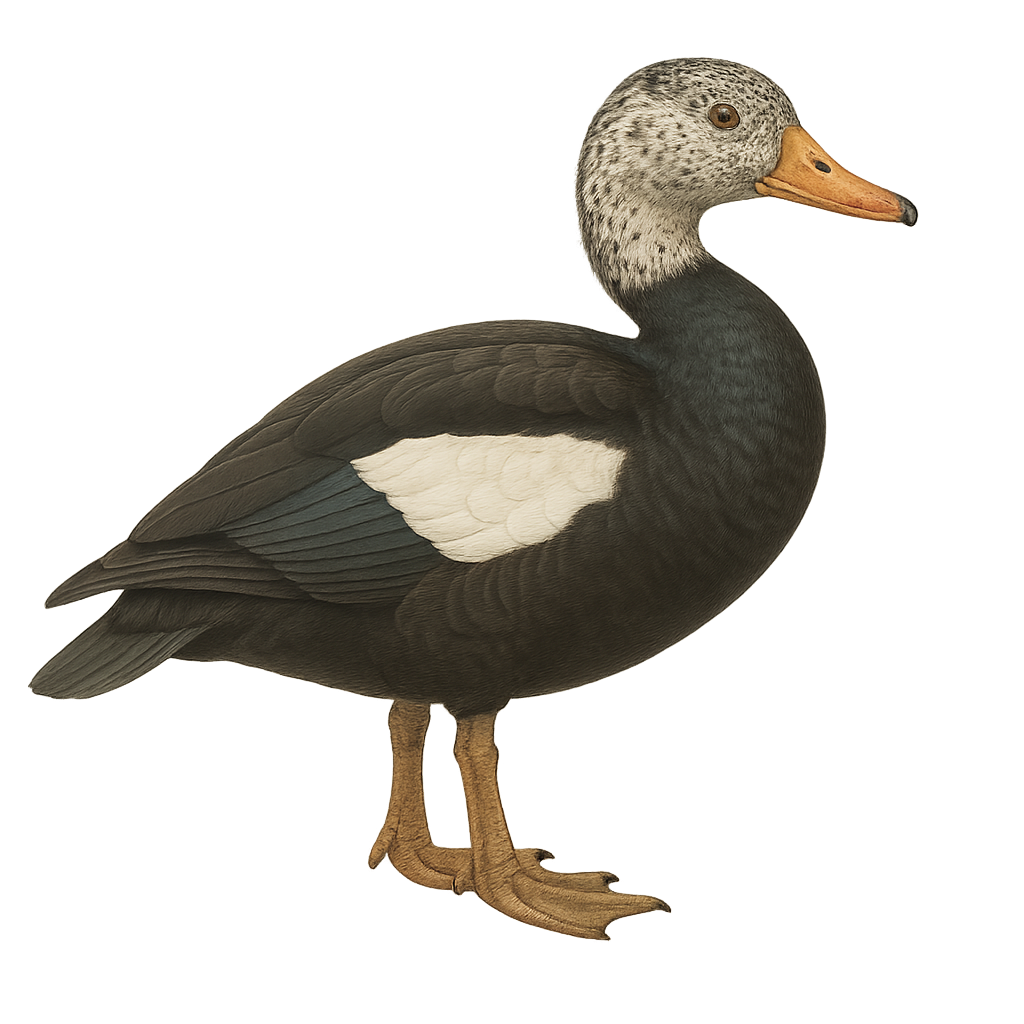Your wildlife photography guide.
Explore the white-winged duck in detail, study its behavior, prepare your shots.
Where to observe and photograph the white-winged duck in the wild
Learn where and when to spot the white-winged duck in the wild, how to identify the species based on distinctive features, and what natural environments it inhabits. The WildlifePhotographer app offers tailored photography tips that reflect the white-winged duck’s behavior, helping you capture better wildlife images. Explore the full species profile for key information including description, habitat, active periods, and approach techniques.
White-winged Duck
Scientific name: Asarcornis scutulata

IUCN Status: Endangered
Family: ANATIDAE
Group: Birds
Sensitivity to human approach: Suspicious
Minimum approach distance: 10 m
Courtship display: March to April
Incubation: 32-34 jours
Hatchings: April to June
Habitat:
Dense forests, wetlands, rivers
Activity period :
Primarily active during the day, with peak activity in the morning and late afternoon.
Identification and description:
The White-winged Duck, Asarcornis scutulata, is a rare and endangered species in the Anatidae family. It is notable for its dark plumage with striking white wings visible in flight. Primarily nocturnal, it inhabits dense forests and wetlands in Southeast Asia. Its population is declining due to habitat loss and hunting. This duck is often solitary or found in small groups. It feeds on aquatic plants, insects, and small fish. Conservation of its natural habitat is crucial for its survival, with protection efforts including the establishment of nature reserves and awareness programs.
Recommended lens:
400 mm – adjust based on distance, desired framing (portrait or habitat), and approach conditions.
Photography tips:
To photograph the White-winged Duck, focus on twilight or nighttime hours, as it is primarily active during these times. Use a telephoto lens of 400mm or more to capture detailed images from a distance without disturbing the bird. Be patient and discreet, blending into the natural environment. Favor areas near water where the duck is likely to feed. Adjust your settings for low-light conditions and be ready to react quickly to the bird's unpredictable movements.
The WildlifePhotographer App is coming soon!
Be the first to explore the best nature spots, track rutting seasons, log your observations, and observe more wildlife.
Already 1 431 wildlife lovers subscribed worldwide

